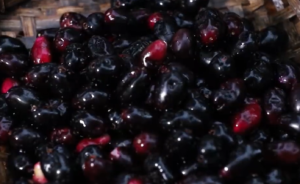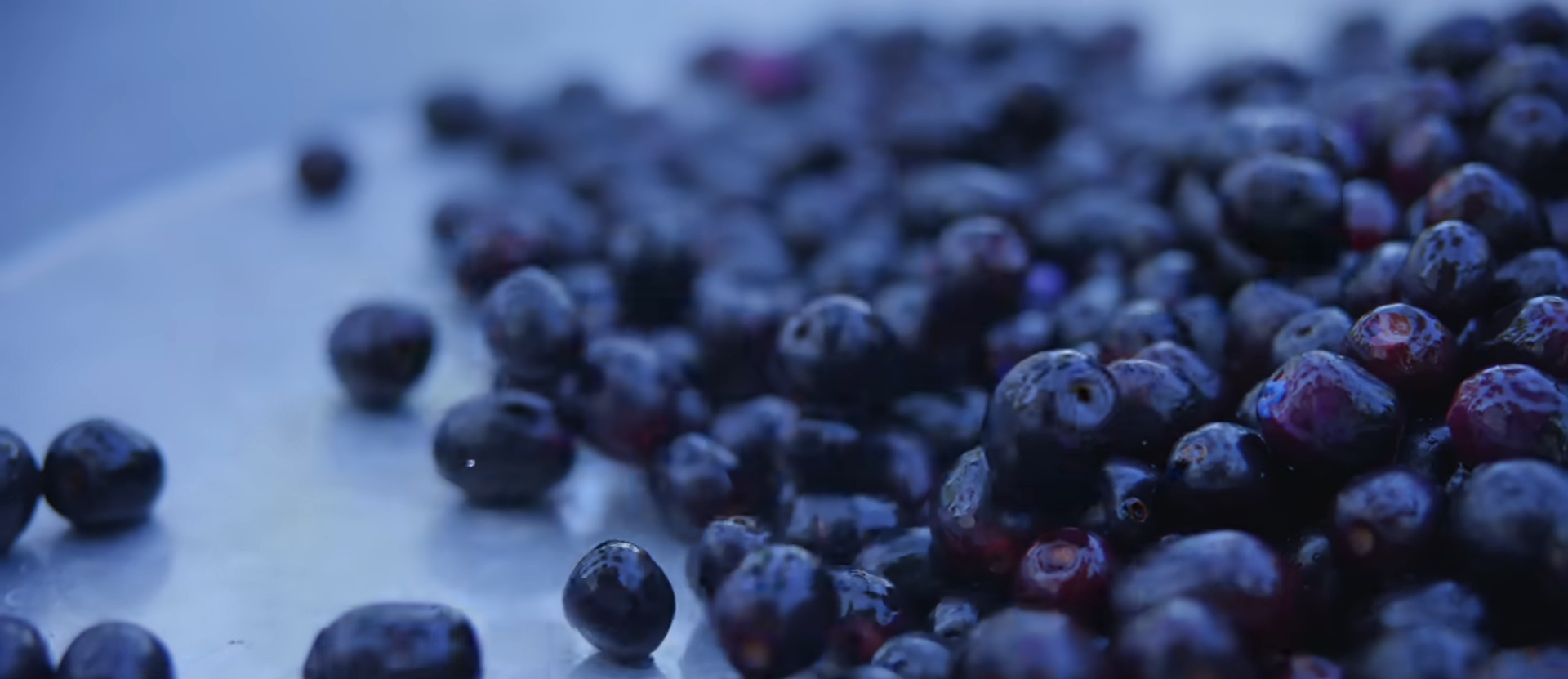Traditionally rooted in the Indian subcontinent, this deep purple fruit has made a voyage across the globe, adapting to various environments while retaining its distinct flavor and benefits.
Java Plum, also known as Syzygium cumini or jambul, may not be the most famous fruit on your kitchen shelf, but it’s got a rich tale to tell.
Originally native to India and surrounding regions, the Java Plum tree has long played a role in local cultures and diets. The fruit, known for its sweet yet slightly astringent taste, has captured the palate of many as it spread to tropical and subtropical areas worldwide. Countries like the Philippines, Indonesia, and regions in Africa now boast this fruit as part of their natural landscape.
If you’re a global traveler or a fruit enthusiast, chances are you might stumble upon the Java Plum in a bustling market in Southeast Asia or in the wild corners of East Africa. Whether it’s called “jamun,” “jambul,” or any of its other local names, this resilient fruit pops up in various climates, making it a fascinating subject for those interested in global agriculture and botanical sciences.

The Many Health Benefits of the Java Plum
Java Plum isn’t just a tasty snack; it packs a punch when it comes to health benefits. With a nutritional profile that would make any health nut take notice, it’s rich in vitamin C, iron, and antioxidants. These nutrients are powerhouses in boosting your immune system, improving digestion, and might even lend a hand in managing diabetes.
Medicinal uses of Java Plum are well-documented in traditional practices, especially in Ayurveda. The fruit, seeds, and even its leaves have been used in treating ailments like diarrhea and high blood pressure, showing that every part of the plant is worth its weight in health gold.
Science backs up many of these traditional uses with modern studies highlighting the fruit’s antioxidant properties and its potential in reducing blood sugar levels. Researchers are continually uncovering new benefits of this humble fruit, cementing its status as more than just a local favorite—it’s a global health champion.
Eating Java Plum could be as simple as picking up some fresh fruits for a snack, but it’s also available in many markets in dried or powdered form. For anyone exploring new additions to their wellness routine, Java Plum offers a variety of health advantages with a taste that’s easy to enjoy.
Cultivating Java Plum: From Soil Requirements to Opportunities in Australasia
To grow a successful Java Plum tree, understanding the soil and climate it thrives in is crucial. This fruit loves well-drained soil rich in organic matter, and it’s quite comfortable in tropical and subtropical climates. If you’re thinking about planting one, sunny spots with moderate water supply are ideal.
Now, if you’re based in New Zealand or Australia, you might wonder if this tree can be part of your backyard garden. The good news is, with the right conditions, Java Plum can indeed grow in these countries. Australia’s warm climates in regions like Queensland present a favorable environment, although New Zealand’s cooler temperatures might pose a bit more of a challenge.
For those adventurous in horticulture down under, the key will be in selecting the right microclimate and ensuring consistent care and monitoring. It’s all about finding that sweet spot where the plant feels right at home.
Agricultural researchers aren’t leaving anything to guesswork either. Ongoing studies delve into Java Plum’s adaptability to different regions, offering insights into its cultivation potential and economic viability in new geographical areas. With continuous research and experimentation, Java Plum is a candidate for expanding fruit diversity in your local markets.
You May Also Like : Watch it on You Tube | Java Plum Tree Nature’s Hidden Gem


